【Car owner's car knowledge】Currently, my country's auto aftermarket is relatively chaotic. It is a common phenomenon that the true and false parts are difficult to distinguish, and the maintenance quality cannot be guaranteed. I believe these are known to all car owners, and even some car owners have suffered from it, but there is nothing they can do. The daily maintenance and replacement of parts requires a certain amount of professional knowledge, and it is difficult for ordinary car owners to understand the mysteries. In order to avoid cutting corners as much as possible, we will explain the correct steps and operation methods of vehicle four-wheel alignment.
●What is four wheel alignment
The installation between the four tires, the steering mechanism and the front and rear axles of each car has a certain relative position, which is the standard value set by the manufacturer for the vehicle. After a long period of daily driving, the standard value set by the original factory may change, which requires us to correct it through four-wheel alignment.
Four-wheel alignment, as the name suggests, is the alignment of the front and rear wheels of a car. The front wheel alignment includes the caster angle of the king pin, the inclination angle of the king pin, the camber angle of the front wheel and the toe-in of the front wheel; the rear wheel alignment includes the camber angle and the toe-in of the rear wheel one by one. Below we analyze the various angles of the front wheel positioning. (Usually, the tire positioning of the vehicle is mainly concentrated on the front wheel, and the rear wheel positioning is relatively small, and the rear suspension of some structures does not have the adjustment conditions, such as the non-adjustable torsion beam rear suspension.)
The kingpin, in fact, no longer exists on many independent suspension models, but the term has been used in wheel alignment, and the kingpin essentially represents the center of rotation when the steering wheel is turned.
Kingpin caster angle
That is, the upper end of the kingpin is slightly inclined backward, and the angle formed with the vertical line of the center of the front wheel. Its main function is to increase the stability of the vehicle in a straight line and to automatically return the front wheels after turning. The larger the caster angle of the kingpin, the better the stability of the vehicle, and the more obvious the direction return, but the more laborious the steering wheel is when turning. Large, while not making it difficult to turn the steering wheel.
Kingpin inclination
That is, the upper end of the kingpin is slightly inclined inward, and the angle formed by it and the vertical line of the center of the front wheel. Like the caster of the kingpin, the caster of the kingpin is also designed for the vehicle's driving stability and return force.
Camber
That is, the angle formed by the outward inclination of the wheel and the vertical line of the ground. Under the condition of vehicle load, the tire can contact the ground at a better angle, giving the tire a larger ground contact area. If the camber angle is too large or too small, it may cause partial wear of the tire. The phenomenon we commonly call "tire gnawing" is related to the size of the camber angle of the wheel.
toe-in
That is, the distance between the front ends of two laterally parallel tires is smaller than the distance between the rear ends. The above-mentioned wheel camber causes the wheels to be in an outward state, which will affect the parallel rolling of the wheels, and the function of the toe-in is to offset the drawbacks caused by the camber of the wheels.
●When to do four-wheel alignment
From the analysis of the four-wheel alignment in the above article, we can know that the four-wheel alignment plays a great role in the stability of the vehicle, the return of the steering, and the grounding angle and grounding area of the tires. However, with the daily use of the vehicle, the relative position (standard value) of the four tires will deviate, and at this time we need to perform four-wheel alignment of the vehicle in time. According to the manufacturer's suggestion, a four-wheel alignment should be performed every 20,000 kilometers of the vehicle to prevent the deviation of the four-wheel alignment value from causing eccentric tire wear and unstable driving of the vehicle.
Of course, if the vehicle deviates and the tires gnaw, after repairing or replacing the chassis suspension components, four-wheel alignment should be performed in time to eliminate the impact of the deviation of the four-wheel alignment value on the vehicle and tires.

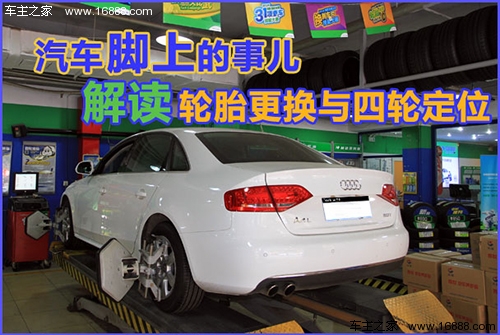
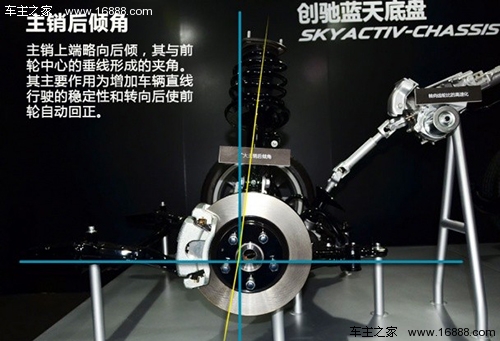
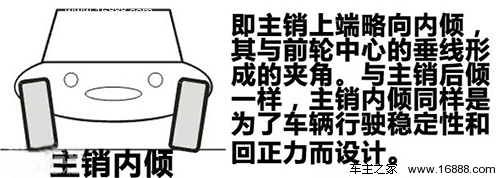

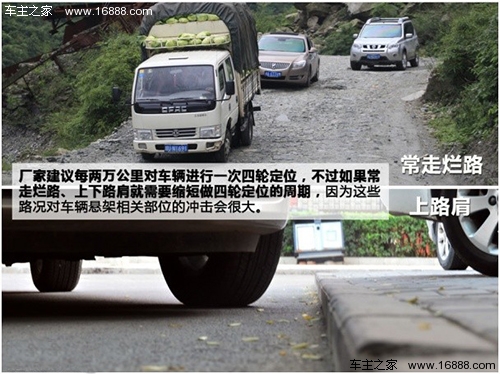
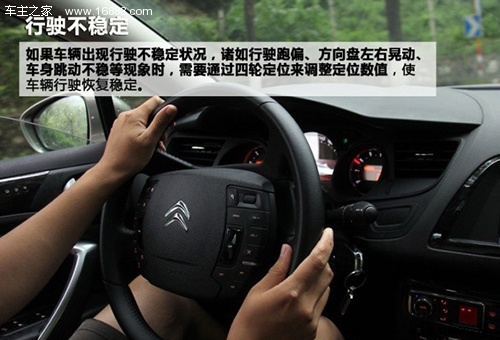
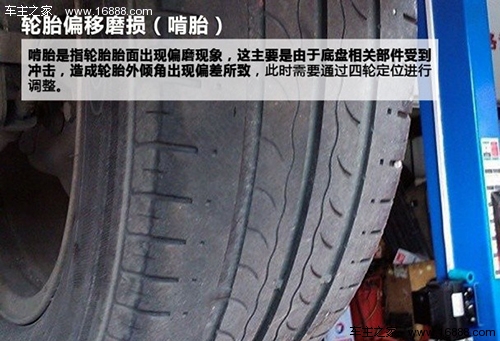
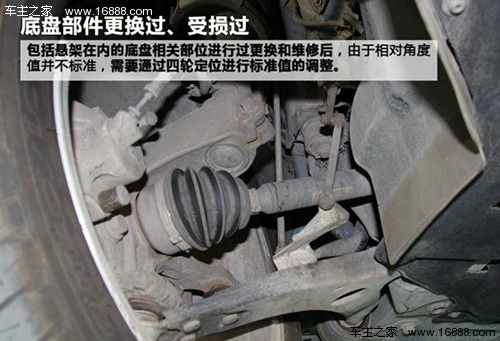







 Email:
Email: